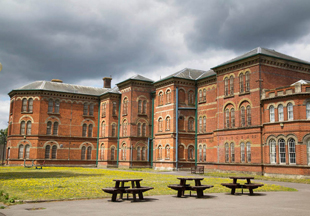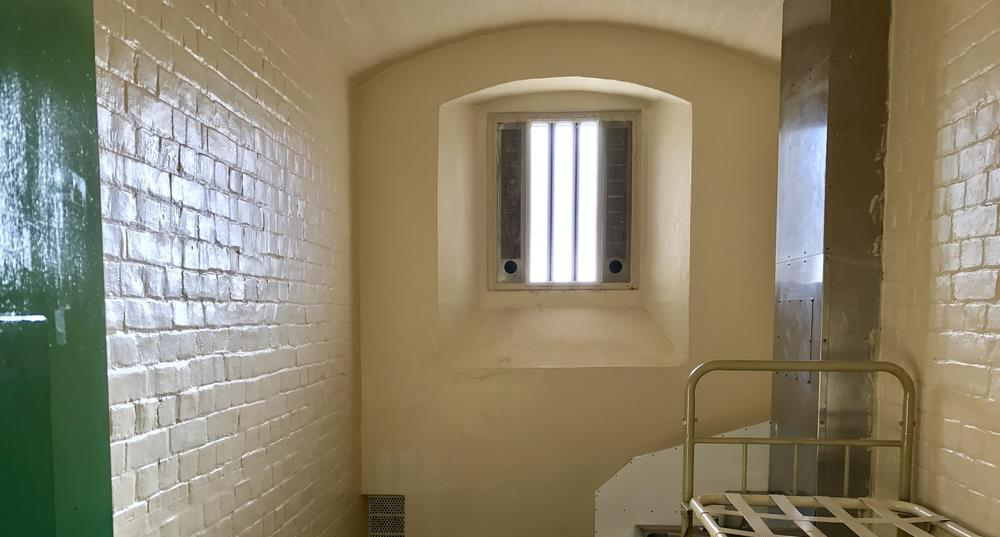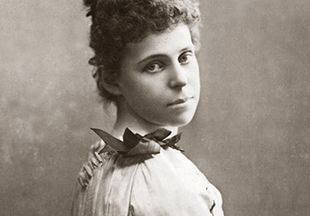A history of Broadmoor Hospital
In Victorian times, insanity was considered to be nearly a criminal offense, and those suffering from it were typically locked away in asylums. A very well-known asylum, now known as Broadmoor Hospital, was originally named the Broadmoor Criminal Lunatic Asylum. The name accurately described the feeling towards the mentally ill that was typical during that time period.
Broodmoor opened its door in 1863 and initially had 95 female patients, though a male ward was built soon after. The idea behind the hospital was a way to comply with the Criminal Lunatics Act of 1860, which was a law intended to offer "better care" for those suffering from insanity, basically requiring the state to keep the insane in custody, away from the general public. The Criminal Lunatics Act of 1860 was seen at the time to be an improvement on the Criminal Lunatics Act of 1800, since before the year 1800, insane people that had committed crimes were typically released.
The history of the hospital is especially interesting due to more than a dozen well-known “inmates” that have been housed there since the hospital's founding. A few of the most notorious are:
James Kelly
James Kelly was convicted of murdering his wife in 1883, but he escaped in 1888, the year that the Whitechapel murders, the killings associated with the infamous "Jack the Ripper" serial killer, began. James was never apprehended, but voluntarily went back to Broadmoor in 1927. He lived there for two years until his death.
Thomas Hayne Cutbush
Thomas was considering to be the leading suspect in the Whitechapel murders of 1888-1891, also known as the Jack the Ripper killings, though there is much dispute about whether all of the murders can be attributed to the same person. He was sent to Broadmoor in 1891, after which violent murders of female prostitutes ceased, where he died in 1903.
Roderick MacLean
Roderick attempted to assassinate Queen Victoria on March 2, 1882. After a jury deliberated for about five minutes on his charges of treason, he was found "not guilty, but insane", and was immediately sent to Broadmoor. He lived the rest of his life at the asylum until he died in June 9, 1921.
Dr. William Chester Minor
Born in 1834 in what is now Sri Lanka, he was probably one of Broadmoor's most interesting inmates. He fought in the American Civil War and served as a surgeon, but showed signs of insanity shortly after the war ended. After he moved to the UK in 1871, he fatally shot a father of seven, was declared insane, and was sent to live at Broadmoor. He had a military pension and could afford books, and corresponded with the widow of the man who he had killed. In 1902, he was permitted to return to the US to be institutionalized. He died in Connecticut in 1920.
Charles Bronson
Charles is often referred to by the British press as the "most violent prisoner in Britain" based on his reputation for attacking guards, poisoning fellow inmates, attempted murder of fellow inmates, taking hostages, assaulting a governor and various other attacks. His criminal record includes theft, shoplifting and assault. He was committed to Broadmoor twice within a period of four years from 1978-1982, and is now at Wakefield High-Security Prison.
Graham Young
Graham was fascinated with poisons from a young age, learning about poisons and their effects by poisoning his family. His stepmother died from Graham's poison and he was sent to Broadmoor, where he lived for nine years. During his stay at Broadmoor, he studied medical journals, thus increasing his knowledge of poisons. After his release, he obtained employment at a laboratory, during which he poisoned at least 70 of his coworkers, two fatally. He died the age of 42 in a jail cell at Parkhurst Prison.
Peter Sutcliffe
Peter was born in 1946 and is one of the most famous British serial killers. Known as the "Yorkshire Ripper" because of the similarities in the type of victims and style of murders, Peter was convicted of killing 13 women and attempting to murder seven other women. Despite being interviewed nine different times by police, Peter was able to escape arrest for the crimes. Most of his victims were prostitutes. He is currently living at Broadmoor Hospital and is serving 20 life sentences in the facility. He is now blind in one eye because of an attack by a fellow inmate.
Broadmoor Hospital has housed only men since women were moved from the facility in 2007. Many of England's most dangerously-severe mentally ill are kept at the high-security hospital. The area around the hospital, including the nearby towns of Crowthorne, Sandhurst, Wokingham, Bracknell and Bagshot, is also subject to tight security standards. A warning system which uses World War II technology sounds an alarm if a patient escapes. All schools in the area have security measures in place in the event of an escaped patient.






Comments
Desaree Thomas
02 Sep 2024 02:18Wow!! Amazing how people got away from things for so long!